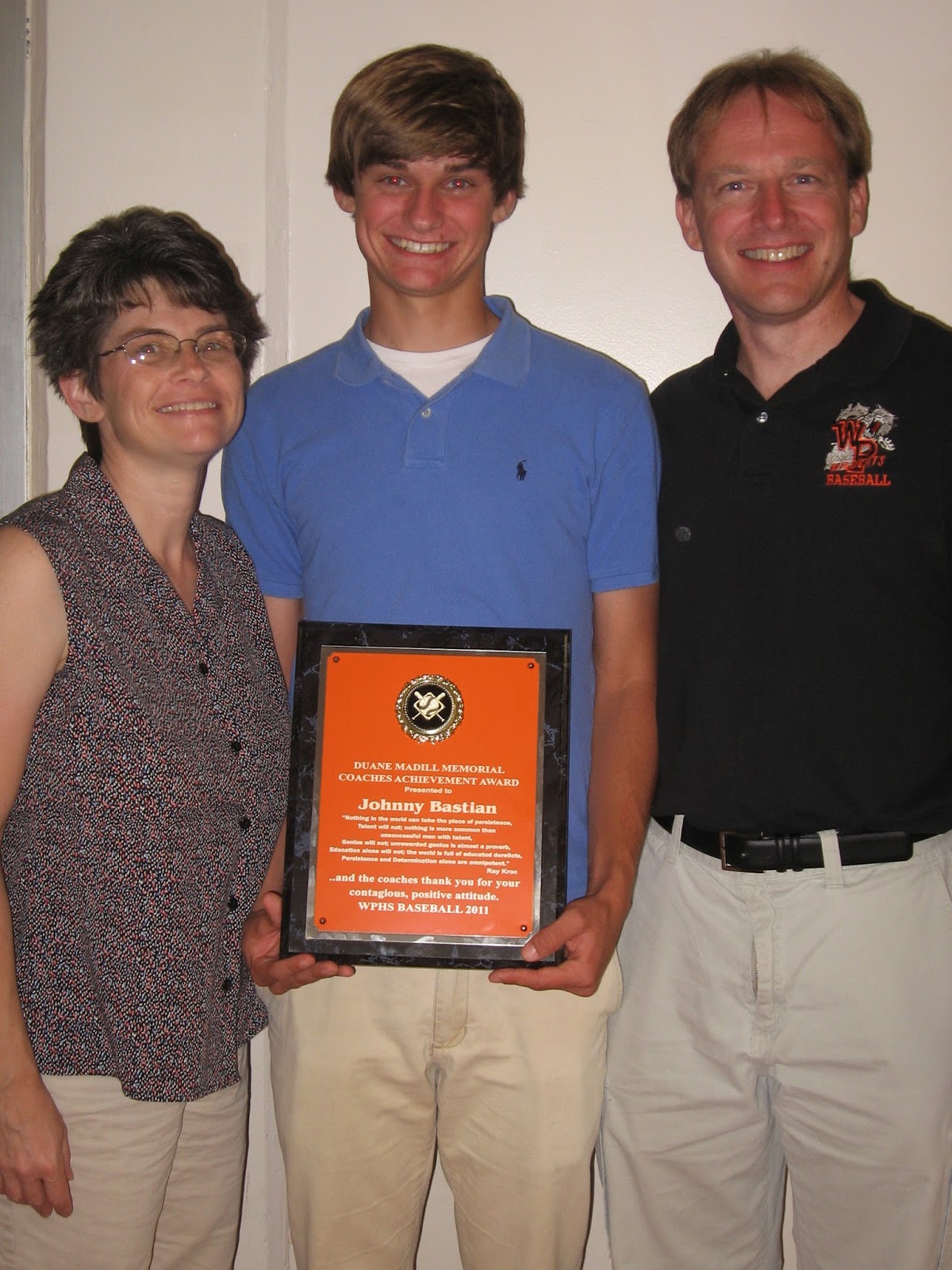Have you ever measured in Snickers?
Young children, generally preschoolers, often learn to
measure in non-standard (inconsistent) measurements before they
measure in standard (consistent) measurements. Non-standard units might be blocks or perhaps toy cars.
Why not Snickers?
Seeing a little learner build a tower of blocks, a not-so-little learner remembered an extra Snickers bar in the cabinet.
"We could measure the tower of blocks with the Snickers!"
Brilliant!
Now EVERYONE was engaged!
Yes, we could.
Within seconds we discovered the little learner's tower was two Snickers tall.
Soon we were measuring the lengths of books and tables, and then the height of the kitchen counter.
"The book is three Snickers long. The table is 15 Snickers long."
"Five books would be as long as the table."
Math was fun!
Drawing visual representations helped conceptualize the measurement.
Before too long, a not-so-little learner asked the question I knew would surface eventually.
"How long is the Snickers?"
Get the ruler.
End-to-end, not including the wrapper, the Snickers measured in at just a one-sixteenth short of four inches.
Wonderful. Now for a discussion on "approximate length", followed by the conclusion drawn by one little learner.
"If the Snickers is four inches long, then the block tower is eight inches tall!"
Absolutely!
We understand.
I realized our Snickers would be a great motivator for learning our "fours" (multiplication tables). Again, an object of interest (the Snickers bar) was the perfect motivation for learning. Boy, did we learn those facts quickly...not soon to be forgotten either!
1 Snickers bar is 4 inches long 1x4=4
2 Snickers bars is 8 inches long 2x4=8
3 Snickers bars is 12 inches long (yes, one foot!) 3x4=12
4 Snickers bars is 16 inches long 4x4=16
and so on...
Our last Snickers measuring experience involved dividing the bar up evenly. Since we found the Snickers to be four inches long and there were four people with whom to divide the treat, it was easy to figure each person would receive one inch of Snickers (and let me tell you, this part of the measurement was deemed the most accurate of the day since everyone wanted to make sure the bar was divided evenly). But what if the bar needed to be divided into five parts, or even six? That take division to the remainder level! We didn't have to go there.
Several important lessons were learned:
- Visual pictures or representations help visual learners create a mental picture of a specific unit of measure; in our case the approximate length of four inches. I have found this helpful in my children as well as children I have tutored. Later when estimation becomes a necessary life skill, the visual representation will have created the immediate association. For example, my children "know" the approximate area of one square inch because they know a small square cheese cracker (picture Cheez-It) is approximately one square inch.
- If you don't have a ruler or yard stick (standard unit of measure), be resourceful and use what you have (a string, a foot, an arm's length).
- One concept can be used to learn another.
Now for another curious question raised by a curious learner.
If a Snickers bar is 4 inches long, is a Milky Way the same length?
Guess we need to find out!
 As I took the salon chair and greeted my stylist, my heart warmed as I noticed my daughter walking, pausing at each station to write.
As I took the salon chair and greeted my stylist, my heart warmed as I noticed my daughter walking, pausing at each station to write.









































